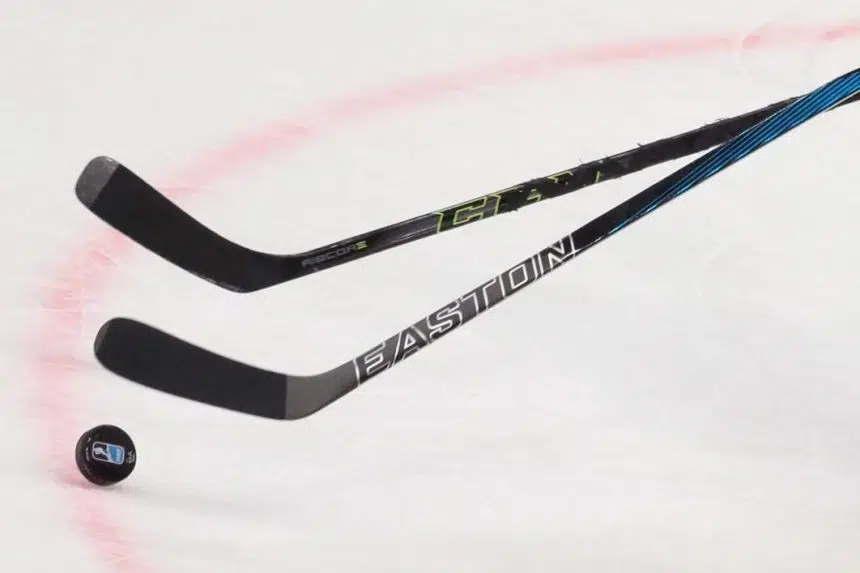Sports may soon be getting more restrictions due to COVID-19 and the Saskatchewan Hockey Association is preparing for that.
SHA general manager Kelly McClintock said the province, through Sask. Sport, called all sporting organizations to look at ways they can tighten up restrictions to help reduce a recent rise in cases across the province.
“We had planned a shutdown between Dec. 17 and the 31st anyways for any games or anything so we’d be looking at creating more restrictive guidelines here for the next three, four weeks,” McClintock told Gormley on Friday.
“We wanted to make the focus on Christmas. Also that time of the year we allow teams to practise but we wanted to get away from game situations that require more people in a facility.”
McClintock said as far as he knew, hockey hasn’t been a significant source of COVID spread in Saskatchewan.
“There’s certainly a lot of players and parents and coaches that have tested positive but they have been traced back to family events, school events, other church events and other activities,” McClintock said.
“We had the mandatory mask policy right from the start and, believe me, I’m thankful that the provincial government has it now so I’m not getting all those emails. But people bought in and they bought in because they want their kids to participate in sports and they see the benefit of it.”
He admitted there was one instance where a player waiting for his test results continued to participate in hockey activities and then tested positive for COVID.
“The source of where he caught it, I’m not sure but I’m sure it didn’t happen at a hockey event but it ended up impacting a hockey event. In that case it did impact a few teams in Weyburn but it did impact the community where he was from,” McClintock said.
McClintock said people have been following the rules put in place for the most part, which has helped keep hockey safe.
Dressing rooms have been determined to be a main area of concern when it comes to a possible spread of the virus. McClintock said the SHA’s efforts have been focused on that area.
“(We) take a look at how much time we allow people to be in the dressing room, how much time before and after their ice time, how much time between games should we be dictating are allowed, how much time should spectators be allowed in the arena before puck drop and how much time afterwards so that we don’t have our maximum that are allowed in the rink overlapping in between,” he said.











